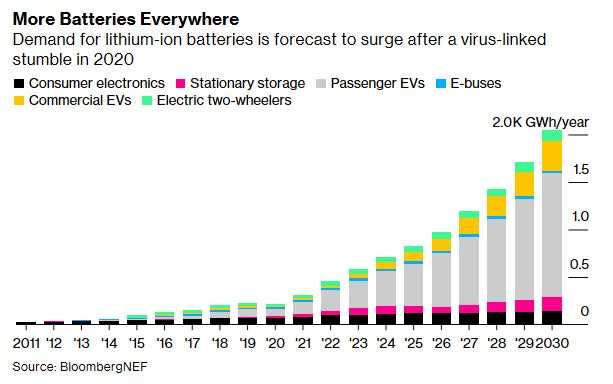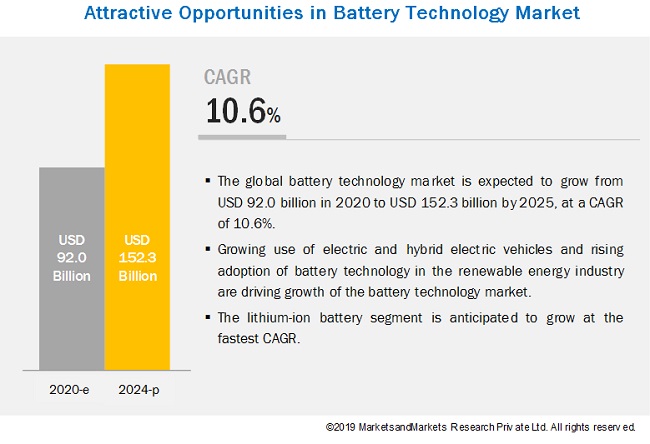Shanghai and london december 3 2019 battery prices which were above 1 100 per kilowatt hour in 2010 have fallen 87 in real terms to 156 kwh in 2019.
Lithium ion battery price per kwh in india.
We don t have any li ion reserve as such.
The volume weighted average battery pack fell 85 from 2010 18 reaching an average of 176 kwh.
In contrast a lithium ion battery for an electric vehicle can range between 7 000 and 20 000 making it by far the most expensive item in the cost of the vehicle.
The latest analysis by research company bloombergnef bnef shows that the benchmark levelized cost of electricity or lcoe for lithium ion batteries has fallen 35 to 187 per kwh since the first half of 2018.
The prices of lithium ion batteries has come down 80 85 percent in the last decade the average price of battery is around 176 kwh.
Battery pack prices averaged 1 160 per kwh in 2010 consistent with bloombergnef but they dropped to 176 per kwh last year and experts suggest they might be but 100 by 2024.
The market for lithium ion battery in india is expected to grow at a cagr of 34 8 during the forecast period of 2019 2024.
By 2023 average prices will be.
Lithium ion battery systems with a focus on 4 hour duration systems.
Yes we do have suppliers in india for lithium ion batteries.
Li ion batteries lib are a neighborhood of lifestyle first commercialized by sony in 1990 they re now ubiquitous in consumer electronics.
The price of lithium ion batteries has plummeted over the past decade.
Lithium ion batteries which were immature and expensive only a few years ago saw spectacular gains in cost competitiveness last year.
Meanwhile the benchmark lcoe for offshore.
Following are the countries with the largest lithium reserves worldwide as of 2016 in metric tons.
Factors such as decline in lithium ion battery prices along with the emergence of new and exciting markets i e electric vehicle and energy storage systems ess for both commercial and residential applications are expected to be the major drivers for the lithium.
The suite of publications demonstrates varied cost reduction for battery storage over time.
However it is to be noted that this analysis is to a large extent driven by the ces projected storage costs which estimates that li ion will overcome the large price difference 250 kwh between li ion and lead acid as of 2018 and come close to levelling out by 2024 when their projected price brings the difference down to around 80 kwh.
The projections are developed from an analysis of over 25 publications that consider utility scale storage costs.

























